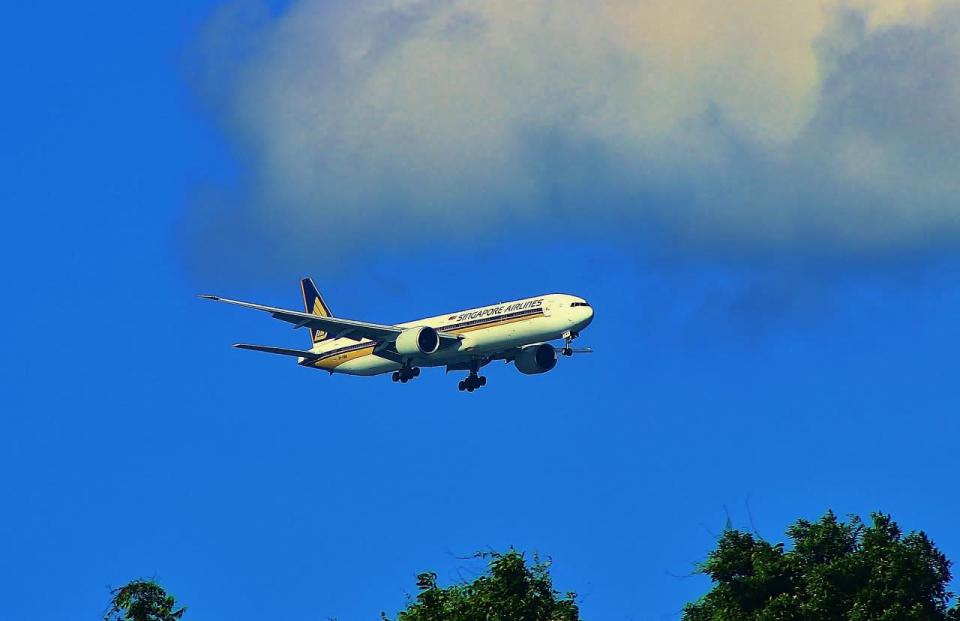Wi-fi in Indian skies: Will it be a win-win?
The clamour for Wi-Fi in Indian skies may finally fructify. Civil aviation secretary R. N. Choubey recently informed that the civil aviation ministry, telecom ministry and home ministry are working together to finalise on the technical and operational modalities on that front. In an age of hyper-connectivity, wherein most international flights offer Wi-Fi services, paid or free, the news gave flyers in India – who neither have Wi-Fi nor mobile connectivity while flying – a good reason to cheer.
One of the biggest reasons for Wi-Fi getting red-flagged on Indian skies so far has been security concerns. In a hijack of a Delhi-bound Indian plane from Kathmandu, in December 1999, the hijacker on board was suspected to have taken directions from his handlers on ground. Since then, the government has feared hackers on ground could control the aircraft and use it as a missile, or hijackers up in the air could take directions from handlers on ground.
Not just domestic flights, even international ones are required to turn off internet services to passengers while they are in Indian airspace. This, alongside the archaic rule of not letting flight passengers talk over the phone or text, has generated considerable resentment. But as Indian agencies devise ways to intercept mid-air calls and data when they need to, Wi-Fi services is slated to be a reality soon.

But would it be a win-win for all?
Well, while internet on board may allow business travellers to stay connected for work purposes and bored passengers to stream videos or movies, surf the net or access social media, it’s speed can be off-putting. Most international flight passengers, till date, have complained of unsatisfactory experience on account of slow and unreliable connectivity. This is because aircrafts travelling at super high speeds connect to Wi-Fi using the same towers that provide wireless data to laptops or smartphones on the ground. They have antennas on the underside which communicate with base stations on the ground. For a fast connection, there has to be a large number of towers and seamless handover, and this is often not the case.
When flying over seas, or in the event an aircraft’s altitude puts it out of range of the ground network, aircrafts connect via satellites. There are antennas on top of the planes too that communicate with orbiting satellites which provide internet.
But given the fact that it is a shared connection for the entire flight and passengers in the flight move around continuously, the signals aren’t strong and speed sometimes vary from seat to seat.
The next issue that begs attention is rates. With weak and slow internet, how much would you be willing to fork out for Wi-Fi? Civil aviation secretary Choubey announced that there wouldn’t be any price caps and it would be up to airlines to decide on the rates. Normally airlines charge by bandwidth, length of time for which you use (anything from a few minutes to a monthly unlimited pass), and distance travelled, among others. Some even provide free Wi-Fi to frequent travellers. But with no caps, airlines, especially those beleaguered financially, could keep charges steep. Interestingly, cost of installing on board systems and providing satellite-to-ground support is not much.
A lot of airlines in India have already put in place technology for Wi-Fi. Jet Airways, for instance, announced plans in February to let its passengers stream movies, videos, games, etc. on their personal electronic devices (PED). With the government giving its nod to internet on board, it plans to further upgrade the service in the near future to include a full-fledged broadband service that would enable people to surf the net, access social media, chat and e-mail. Besides Jet Air, Air India, Indigo, Go Air, Vistara, AirAsia and Spicejet are also prepared to roll out Wi-Fi for their customers.
In a highly competitive space, a permission for Wi-Fi services could provide airlines means to stay relevant to their customers and generate revenue. But once the initial euphoria subsides, quality and prices could be a dampener. Unless perchance, airlines upgrade technology to satisfy demanding customers, wanting maximum bang for their bucks.

